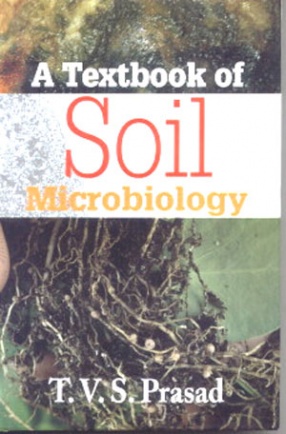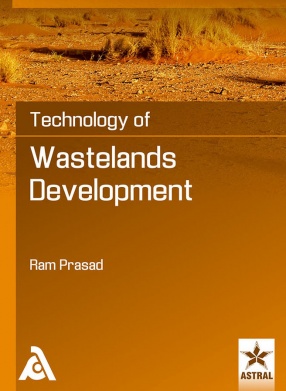Soil is usually composed of three phases, solid, liquid and gas. The mechanical properties of soils depend directly on the interactions of these phases with each other and with applied potentials e.g., stress, hydraulic head, electrical potential and temperature difference. Particles of sands and many gravels consist overwhelmingly of silica. They can be rounded due to abrasion while being transported by wind or water, or sharp-concerned, or anything in between, and are roughly equi-dimensional. Clay particles arise from weathering of rock crystals like feldspar, and commonly consist of alumino-silicate materials. They generally have a flake-shape with a large surface area compared with their mass. As their mass is extremely small, their behavior is governed by forces of electrostatic attraction and repulsion on their surfaces. These forces attract and absorb water to their surfaces, with the thickness of the layer being affected by dissolved salts in the water. Spread across the book are 15 distinct papers on soil science pertaining to various functional and structural topics which are referable by scholars and students. The papers put forth latest findings relating to soil components like carbon, nitrogen, water, phospholipids, fatty acids and even microbes and address changes in their states due to different fertilizer and tillage practices. Papers on Flow Rate Dependence of Soil Hydraulic Characteristics and Soil’s Penetration Resistance and its measurements are also of immense use.
Soil Chemistry: Nutrient and Water Management in Agricultural Soils
In stock
Free & Quick Delivery Worldwide
reviews
Bibliographic information
Title
Soil Chemistry: Nutrient and Water Management in Agricultural Soils
Author
Edition
1st ed.
Publisher
ISBN
8178885786
Length
viii+322p.
Subjects






There are no reviews yet.